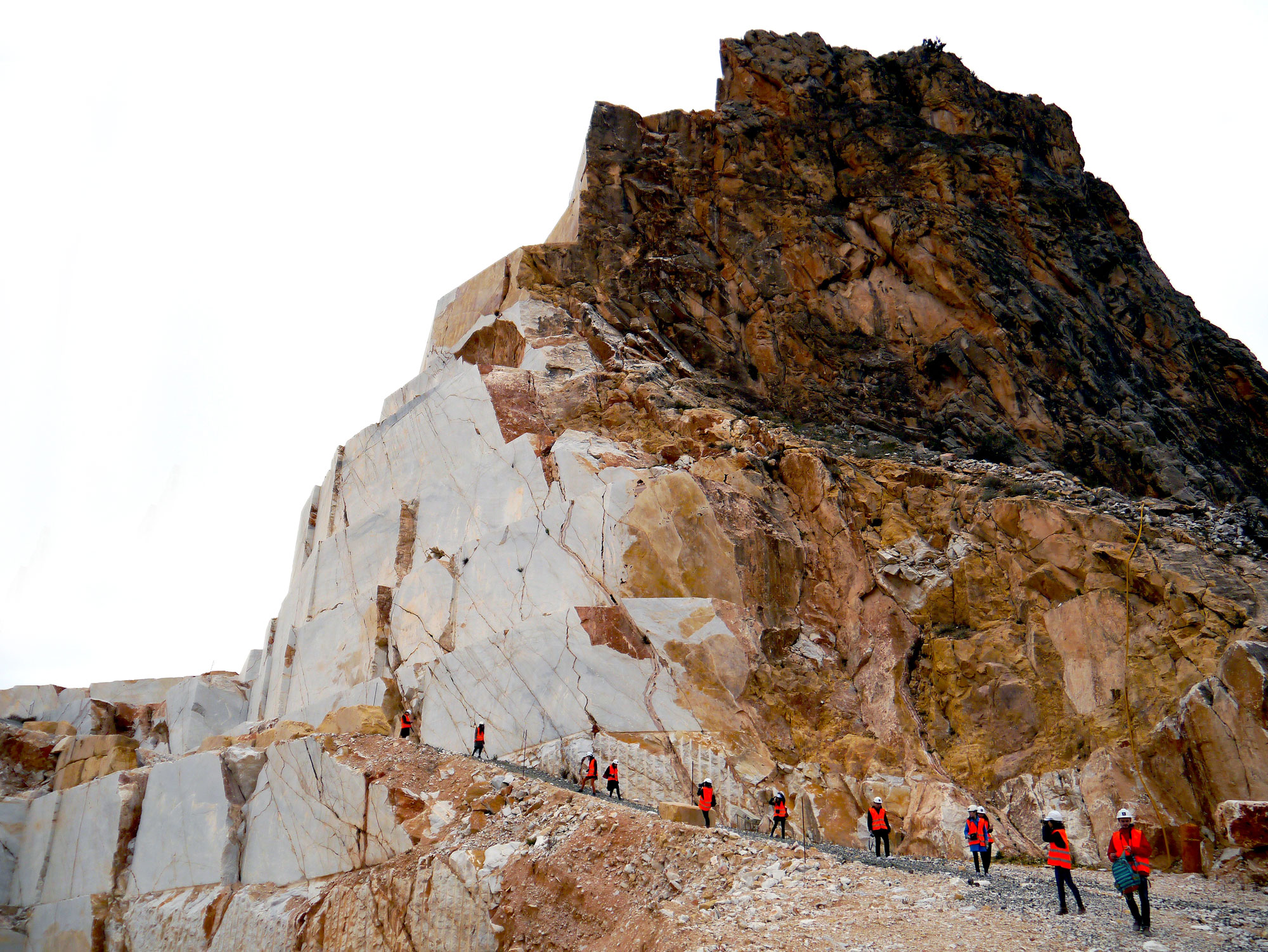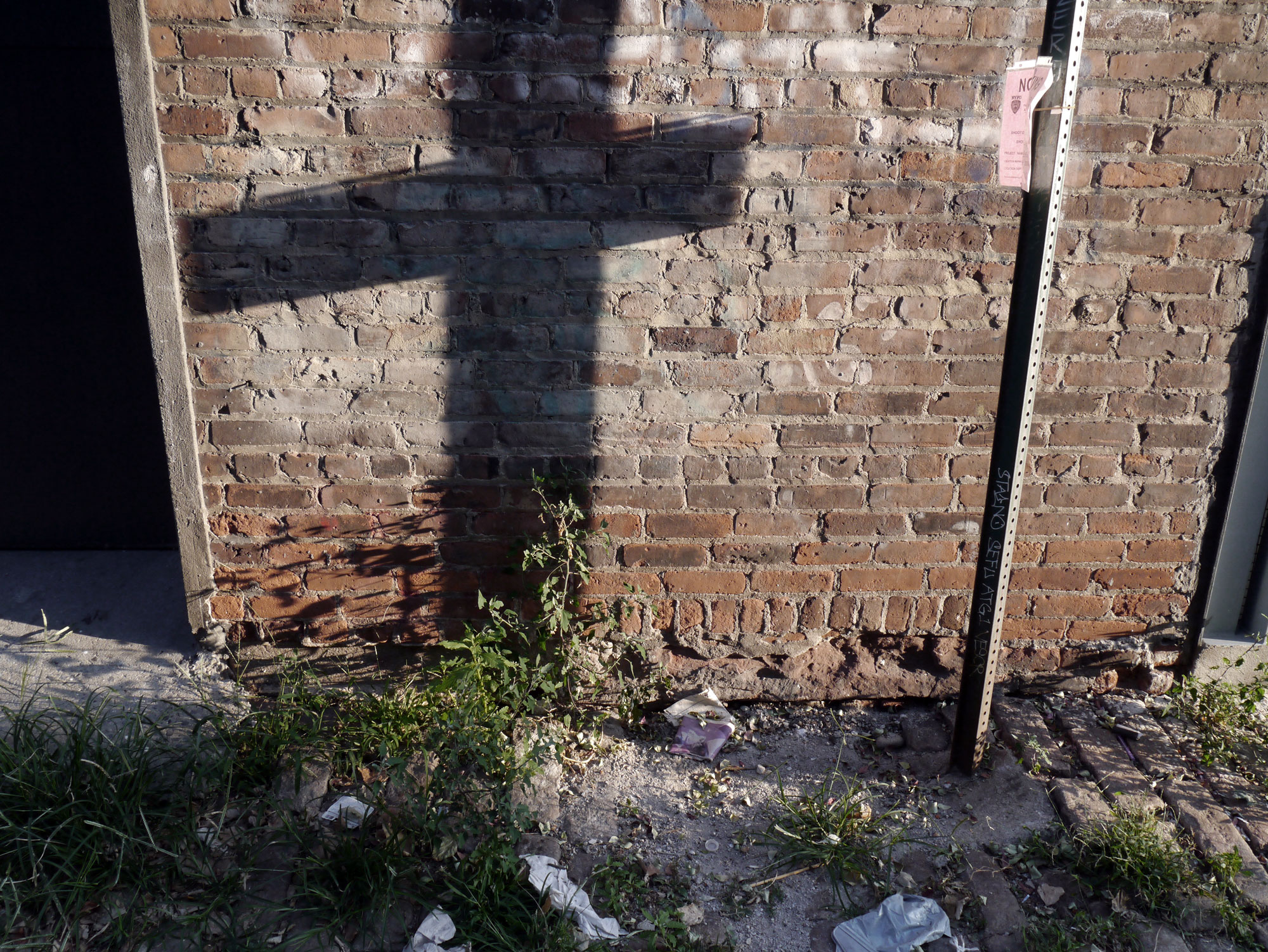“The monument formula is not constructed so as to ‘defeat’ time, imposing itself on and regardless of time, but so as to endure time instead…” – Gianni Vattimos
Time is quick to escape our grasp. Places of worship are among the few where we are connected to the moment and able to hold it still. Instead of creating an enclosure that is pristine and complete, a place of meditation can define the beginning of an evolution, a stage that invites the ethereal, here and now. Instead of struggling against time, the space can immerse us in its passage. It can be in time, and of time.
Architecture becomes a frame, revealing what is otherwise lost in the routine. Many architects have praised the virtues of buildings as backdrops to the changing atmospheres and the daily movement of shadows. All built forms are subject to these forces, though the forces are made more apparent in some spaces than others. Places of worship can do more to collect time and make it visible for those inside. They can intensify the experience of passing time through formal organization, materiality, and signification.
One approach could be exemplifying growth and decay through rituals of construction and maintenance, material choice and exposure to elements, the incorporation of nature. Another approach could be drawing attention to what was once there through voids and imprints, like echoes and footsteps left by a former place. I am thinking of Peter Zumthor’s Bruder Klaus Field Chapel where tree trunks were bound by local farmers and cast in 24 layers of concrete, over a duration. The trees within were then burnt slowly for three weeks, leaving a residual form and texture on the interior room. I am thinking of John Hejduk’s Victims, a proposal for the city of Berlin that houses dozens of intimate rooms for their specific inhabitants. Constructed over the course of two thirty year periods, the structures are scattered apart amongst a forest of planted trees that slowly grow to surpass their height. We see the effects and feel the time passed, the time that is apparent through the visible transformations.
This approach to architecture is about intensifying the passage of time so as to make it more apparent, but for the sake of what? If paper is what we write on, time is what we live in. Some might say it brings about an awareness that we are here, right now. We see the whiteness of the page; we feel the condition within which we live. Perhaps this connectedness to the moment is enough. Some might say it helps us to understand ourselves, as beings in time. Perhaps an easier explanation is that places of worship, in this sense, ought to be more like us.
July 2017
Time is quick to escape our grasp. Places of worship are among the few where we are connected to the moment and able to hold it still. Instead of creating an enclosure that is pristine and complete, a place of meditation can define the beginning of an evolution, a stage that invites the ethereal, here and now. Instead of struggling against time, the space can immerse us in its passage. It can be in time, and of time.
Architecture becomes a frame, revealing what is otherwise lost in the routine. Many architects have praised the virtues of buildings as backdrops to the changing atmospheres and the daily movement of shadows. All built forms are subject to these forces, though the forces are made more apparent in some spaces than others. Places of worship can do more to collect time and make it visible for those inside. They can intensify the experience of passing time through formal organization, materiality, and signification.
One approach could be exemplifying growth and decay through rituals of construction and maintenance, material choice and exposure to elements, the incorporation of nature. Another approach could be drawing attention to what was once there through voids and imprints, like echoes and footsteps left by a former place. I am thinking of Peter Zumthor’s Bruder Klaus Field Chapel where tree trunks were bound by local farmers and cast in 24 layers of concrete, over a duration. The trees within were then burnt slowly for three weeks, leaving a residual form and texture on the interior room. I am thinking of John Hejduk’s Victims, a proposal for the city of Berlin that houses dozens of intimate rooms for their specific inhabitants. Constructed over the course of two thirty year periods, the structures are scattered apart amongst a forest of planted trees that slowly grow to surpass their height. We see the effects and feel the time passed, the time that is apparent through the visible transformations.
This approach to architecture is about intensifying the passage of time so as to make it more apparent, but for the sake of what? If paper is what we write on, time is what we live in. Some might say it brings about an awareness that we are here, right now. We see the whiteness of the page; we feel the condition within which we live. Perhaps this connectedness to the moment is enough. Some might say it helps us to understand ourselves, as beings in time. Perhaps an easier explanation is that places of worship, in this sense, ought to be more like us.
July 2017
To Notice
for "Faith and Form" Volume 49 Issue 4

I strive to make the connection between architecture and the spirit by using physical space to stem the stream of thought. To move beyond the experience of a building as an unconscious continuity caught predictably between the past and the future, and provoke awareness of the infinite present. To stop reading this as a sentence and look into the space between words. Look deeper. Notice the pronunciation of words in your head. There are no echoes in the thought space; there are no walls. The thoughts linger silently. Notice that the quiet expanse in your mind filled with thoughts is like the white space between words on this page.
Architecture, too, can make us notice.
There are two special characteristics that architecture offers towards this ambition of awareness, qualities that make it unique compared to other forms of artistic expression. They are duration and siting. While our experiences are in constant flux, physical space persists through time and in one place, becoming a backdrop that makes the invisible forces visible. Looking at the view through my window, I notice the transforming seasons and passing clouds, the visits of the sun, and shadows cast by the moonlight. I hear wind move through trees and into my room. Sometimes I notice that silence has a sound too. Architecture becomes an extension of my senses, a stage for heightened encounter. Through these means it can show me that time is not steadfast and constant. Sometimes it hesitates.
But wouldn’t the patient inhabitant find presence without the gesture of the architect, just as the great pianist can produce beautiful sound with any piano? In that intimate, thoughtless moment, I think that architecture can inspire us to become further aware than we could on our own. Architecture can be the perfectly tuned instrument played for us by the soul of place. It can remind us to see the world as does a child, open and naïve in discovering this strange place once more. The architect is charged to inspire this deep moment of presence with simple means, like the painter’s color and texture or the writer’s structure and sound of existing words. The author is tasked with escaping the bounds of the medium. There are countless larger-than-life examples, but I am interested in more humble means. I am interested in taking advantage of what is already here.
St. Luke in the Fields is a small church and attached gardens in the West Village of Manhattan; the grace of this place in its context is what makes me notice. I have never entered the church. The Barrow Street Garden is the size of a room, ensconced by a brick wall and secluded in silence. The garden moves with the wind, provides a home for the birds, is a void where flowers are allowed to flourish. The circular path meanders through growth of every color; I am invited to discover. Intermittent moments inhabited me causing a lapse in the steady hand of time, but they have already flown away like birds.
This is the spiritual architecture I seek, secret sanctuaries that dissolve the past, and whose vast silence arrests thought and offers infinite awareness in return. In that unbounded moment granted with space, I finally take notice of this beautiful and fleeting place.
December, 2016
That which has Aged. Weather wrinkles its surface, interpretations deepen its soul. The fresh, the pure, the young, speak hastily of ambition of the future. The refined, the aged, the weak, hold their silence and listen. The aged place is a quiet place. content in the presence. The subject is not what is said, but what is.
Light traces the gentle profile that crumbles; Light speckles the subtle features. Nature warms the face; Nature finds the humble soul. The Vestige know light and nature. The Vestige knows the air and the thoughts that fill it. These are the means that it was nurtured by time.
That which Once Was. The place has been and will be, but what occupies it is fleeting. The Sense of Place transcends content and time, but it can only be defined through a content and a time. Looking at the space left behind is to look into an opening to the Soul of Place.
In the now, shadow is a hole. Shadow is a present absence of light, Shadow is a trace of one subject at one time. In the now, Sky is a hole. Sky has no content, all is fleeting and undefined. Sky has its own time. The absence that reveals place is the Residual. To look into the Residual is to look inside yourself.
I long for That which Once Was.
The Vestige. That which exists outside of its time. It carries a sense of discontinuity with the now of the place, though it does not mind. It knows that there is more than the now to the presence. It offers a connection back to the particular time when it resonated with the place. The Vestige inspired an awareness of a time beyond the present, and consequently a deeper sense of place.
The Residual. A trace left by the Vestige. It is the imprint on a place, left by the former inhabitant. It is a memory. The residual is more evocative than the Vestige for its ability to leave a more imaginative reflection. The Residual implies that which was. The broken, scratched, scathed, smoothed. All the qualities of time that affect the place become proponents of the Residual.
Longing. The Vestige and the Residual evoke a strong sense of Longing in the inhabitant. The Vestige and The Residual are trying to bring the Then into the Now. Longing is the corresponding impression left on the body that encounters the place. It evokes a desire to experience all the time of the place.
The Collection of Time. When I come to this site, and feel a sense of Longing, it is endearing and very powerful. I want to experience all the time of this place. I am not in the present moment, but a collection of moments. I can imagine the freshness that once was, and the forces that acted on the place and made it what is now. In a sense, the place traces, through the Residuals, what has happened over time. My ambition is to make a place that builds on this sense of memory, that reinforces the sense of Longing. It is rooted in the ability of an individual to feel a collection of time, to feel the essence of a place that transcends a singular time
Fall 2014


